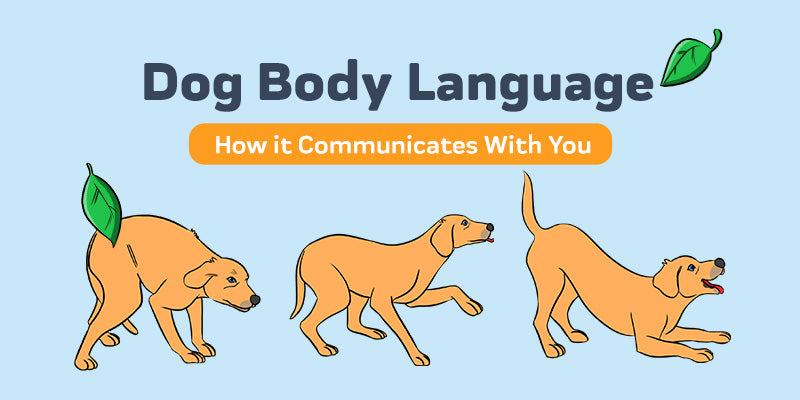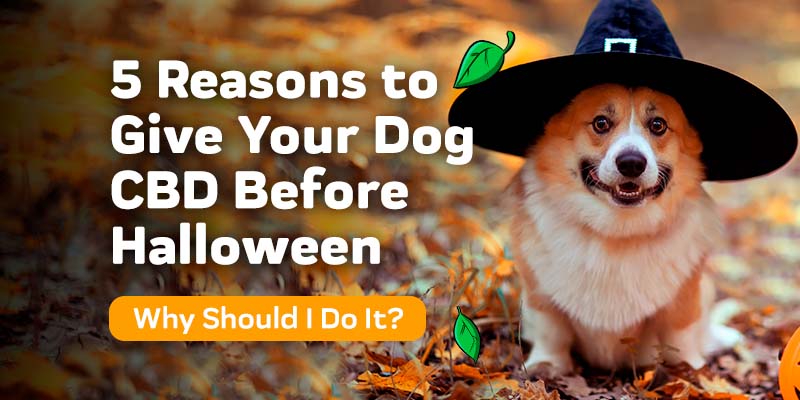Is your dog trying to tell you something? If you're not sure, don't worry - you're not alone. Many pet owners don't know how to interpret their dog's body language, which can lead to some frustrating misunderstandings. In this blog post, we'll go over some of the most common dog body language signals and explain what they mean. Before starting, would you like to test your knowledge in Dog Body Language first?
Can You Identify Your Dog's Body Language?
Did you know that Innovet has designed a quiz to test your knowledge about how much do you understand your dog's body language? By correctly identifying your dog's body language cues, you can better communicate with your furry friend and prevent misunderstandings.
If you're not sure how well you know your dog's body language, take the quiz now and see how you score! Then come read the article afterwards!
How did you do on the quiz? If you're not sure about some of the answers, don't worry – that's normal. Body language is often subtle, and it can be easy to miss cues if you're not paying attention.
To help you better understand your dog's body language, we've put together this guide. We'll go over some of the most common body language cues and what they mean.
Dog's Body Language
There are a few key things to look for when trying to interpret a dog's body language. One is the position of their ears. If their ears are perked up and pointing forward, it usually means they're paying attention to something and are alert. Another telltale sign is the position of their tail. If a dog's tail is up and wagging, it usually means they're happy and friendly. But if their tail is down or between their legs, it could mean they're feeling scared or threatened. And finally, you can often tell how a dog is feeling by the look on their face. A dog that's baring its teeth or growling is obviously feeling aggressive, while a dog that has its tongue hanging out and is panting heavily is usually feeling hot or thirsty.
By paying attention to these cues, you can get a pretty good idea of how a dog is feeling at any given moment. And knowing what a dog is trying to communicate can help you respond in the appropriate way.
Alert

When a dog is alert, they are focused, with their eyes attentive. Their body is usually comfortable, but also straight up, leaning towards their point of interest or caution. They may also be moving from side to side. Their tail is gently swinging and slightly elevated, and they may be vocalizing, or panting.
Scared or Fearful

Dogs may show signs of fear when feeling threatened or in an unfamiliar situation. Their hackles may raise, and they may tuck their tails deep between their legs. They may also avoid eye contact and keep their bodies and heads low to the ground, arched tense, and pulled back and down. Their face may show nervous expressions, too. If you see these signs in your dog, it is crucial to remain calm and avoid making any sudden movements, and try to identify the cause of their fear. Try to provide reassurance and comfort. You can do this by speaking in a soft, calming voice and offering treats or petting.
Undecided

Dogs may display a number of different signals when they are undecided about something, some of them really similar to when they are afraid of something. Their eyes may be focused on the object or person in question, and their bodies may shift between moving forward and pulling back. Their tails may be tucked under their belly, or slightly arched over their back, and their expression may be tense. They may also lick their lips frequently in this situation.
Relaxed

When a dog is feeling relaxed, its body language will be fairly natural and normal. Their eyes may be focused or dozing, and they'll have an overall expression that seems calm and serene. Their tail will usually be in a resting position, rather than wagging energetically. The body will also reflect this comfortable feeling.
Playful

When a dog is feeling playful, you'll likely see some very distinct physical cues. Their eyes will be wide open and their pupils will be dilated. You may also see them arching their back or even jumping around enthusiastically. Additionally, their tail will be held high up off their back and their ears will be perked up. Lastly, their mouths will be open - sometimes with their tongues hanging out - while they pant or make vocalizations. If you see your dog exhibiting any of these behaviors, it's a good indication that they're feeling playful and ready to have some fun!
Defensive

If you see a dog with its eyes glaring and its body pitched forward, seemingly tense and rigid, it is likely in a defensive posture. The dog's tail will be standing still right above the rump, or slightly wagging, and its expression will be tight and focused. It may also make growling or other vocalizations. If you see a dog in this posture, it is best to avoid making any sudden movements or loud noises, as this could further agitate the dog and lead to an attack, and a full-on aggressive behavior.
Submissive

When dogs feel submissive, they often avoid eye contact and keep their head low. They may also lie on their back with their belly exposed, tails tucked between their legs, and ears back. In addition, they may lick their lips or the lips of other dogs as a sign of submission. It may happen out of fear for some other dog or person in their life, or even during play, to signalize defeat, for example.
Conclusion
Now that you know a little more about how to read your dog’s body language, we hope you feel better equipped to handle whatever situation comes up. Remember, if you ever have any questions or concerns, our team at Innovet Pet is here to help! Be sure to head over to our website and check out some of our other resources on pet care. From keeping your pup safe during the holidays to understanding common behavior problems, we have everything you need to provide your furry friend with the best life possible. Thanks for reading and keep an eye out for more great content from us here at Innovet Pet!















